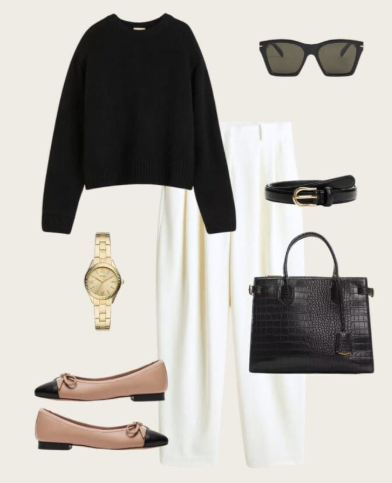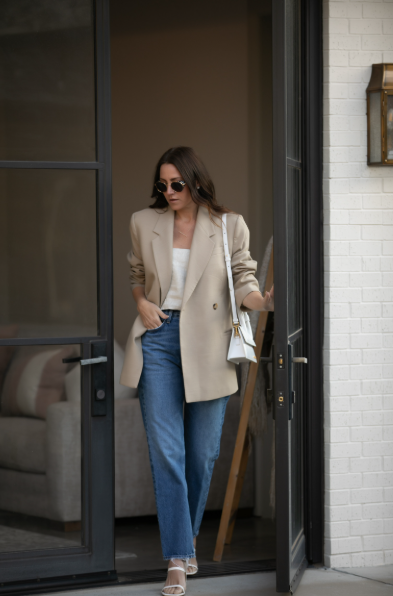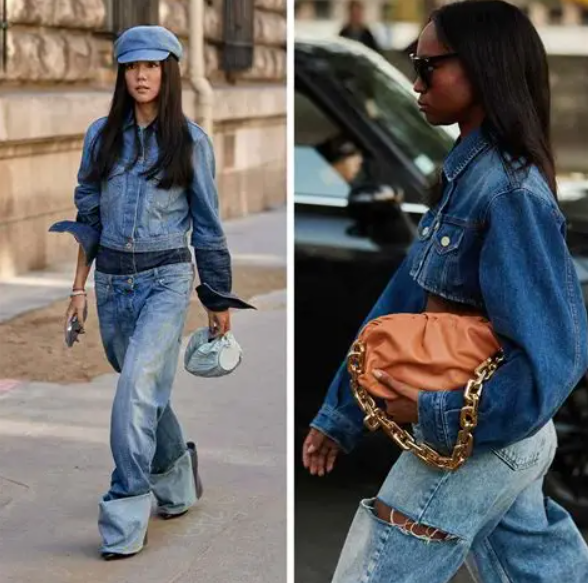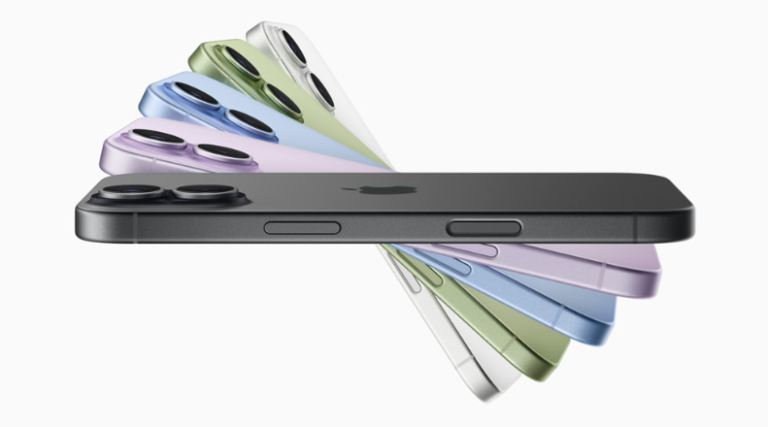
How to Build Great Style on a Budget: A Complete Guide
In today’s fast-paced fashion world, having an impressive personal style does not have to mean spending a fortune. In fact, those who know how to combine wardrobe staples, mix timeless pieces with affordable finds, and pay attention to subtle details often achieve a more polished, high-end look than those who spend recklessly. This guide shows you practical affordable fashion tips, budget wardrobe essentials, and timeless fashion pieces to help you create classic style outfits and dress well without overspending.
Why So Many People Struggle With Style
Before diving into the actionable tips, it helps to recognize the common pitfalls:
- Too many clothes, poor combinations: Wardrobes packed with random items but no cohesive outfits.
- Chasing every trend: Fast fashion can be cheap, but low quality, poor cuts, and fleeting designs often look dated quickly.
- Lack of a style framework: Without clear preferences, it’s easy to buy items you rarely wear.
- Ignoring details: Buttons, zippers, shoe soles, belts, jewelry, and even nails can make or break an outfit.
Step 1: Define Your Personal Style
The cornerstone of dressing well on a budget is knowing what you actually like. Ask yourself:
- Which outfits on others make me think, “I wish I dressed like that”?
- What are my primary settings—work, travel, casual weekends?
- Which colors flatter me and which fabrics feel comfortable?
List 3–5 key words such as “elegant,” “minimalist,” “preppy,” or “smart casual.” Use them as a filter for everything you buy. Collect inspiration in a Pinterest board or a physical notebook. Having a visual guide keeps your shopping focused and prevents budget leaks.
Step 2: Edit and Organize Your Closet
Letting go of outdated, damaged, or ill-fitting items is the fastest way to refresh your style without spending. Conduct a full closet audit twice a year:
- Remove pieces that no longer fit or are stained beyond repair.
- Check for outdated cuts, colors, or prints.
- Organize by category and season so you can see what you own at a glance.
This makes getting dressed easier, highlights gaps in your wardrobe, and stops you from buying duplicates.

Step 3: Plan Your Budget Holistically
Think of your clothing budget as a whole rather than piecemeal. Allocate funds strategically between investment pieces, accessories, trend items, and care. This prevents overspending on one impulse item and gives you a balanced wardrobe.
Suggested Budget Allocation
| Category | Recommended % | Examples |
|---|---|---|
| Core & Classic Pieces (Investment items) | 40–50% | Perfect-fit jeans, little black dress, quality coat, tailored blazer |
| Accessories (Shoes, Bags, Belts, Jewelry) | 20–25% | Neutral shoes, versatile handbags, subtle jewelry |
| Trend & Statement Items | 15–20% | Seasonal colors, unique prints, modern silhouettes |
| Maintenance & Care | 5–10% | Tailoring, dry cleaning, shoe care |

Step 4: Invest in Quality Basics
Basics form the backbone of a stylish wardrobe. Look for neutral colors, good fabrics, and versatile cuts:
- Crisp white or ivory shirt
- Dark-wash or mid-wash jeans
- Neutral sweaters (camel, navy, grey)
- A tailored blazer or trench coat
- Classic black dress or midi skirt
- Comfortable, well-made shoes (white sneakers, ankle boots, nude pumps)
Step 5: Work with Neutrals, Textures, and Subtle Patterns
Combining neutrals creates a sense of richness regardless of cost. Mix textures like silk with tweed or leather with cotton for depth. If you enjoy patterns, treat them as neutrals—choose sophisticated prints such as pinstripes, small-scale animal prints, or refined checks, and pair them with modern basics. Unless you’re trained in color theory, avoid mixing multiple bold patterns; it’s a fast way to look chaotic instead of chic.
Step 6: Coordinate Hardware and Accessories
“Hardware” refers to metal details on belts, shoes, bags, and clothing. Matching gold with gold or silver with silver subtly elevates your outfit. Too many competing metals or heavy embellishments can make a look appear cluttered. When in doubt, keep hardware minimal and cohesive.
Step 7: Fit and Tailoring Matter More Than Price
A moderately priced garment with a perfect fit almost always looks more expensive than a pricey item that hangs badly. Pay attention to shoulder seams, sleeve lengths, and pant hems. Small alterations at a local tailor can transform inexpensive pieces into custom-looking staples.
Step 8: Grooming and Self-Care
Style is not just clothing. Well-groomed nails, a tidy hairstyle, and healthy skin instantly upgrade your overall look. Weekly manicures add up, so learn a quick at-home polish routine. Even a simple clear coat or neat cuticle care gives the impression of polish without spending much time or money.
Step 9: Smart Shopping Strategies
- Use a waiting period: If you want to buy something, wait 24–48 hours. If you still need it, go ahead; if not, you’ve saved money.
- Make a shopping list: Identify wardrobe gaps before hitting the stores or browsing online.
- Choose multi-use items: A cardigan that works at the office and on weekends, a dress that can be layered for different seasons, or a two-way bag.
- Shop secondhand or vintage wisely: High-quality fabrics and timeless cuts are often available at a fraction of retail prices. Check zippers, seams, and lining before buying, then clean and press for a fresh look.
- Embrace capsule wardrobe thinking: Limit your closet to high-frequency essentials plus a few accents. This improves cost per wear and simplifies daily dressing.
Step 10: Avoid Clearance Impulse Buys
Sales are great for planned purchases but dangerous for impulse buys. Rows of marked-down shoes or racks of discounted tops can tempt you into spending the equivalent of a quality piece on several items you’ll barely wear. Instead, shop sales for items already on your list or classic staples you know you’ll use for years.
Color, Proportion, and Layering Tips
- Limit outfits to three colors for an effortlessly chic look.
- Balance light and dark tones—light top with dark bottoms or vice versa.
- Experiment with layering: pair smooth fabrics with textured ones, long coats with shorter tops, high-waist bottoms with cropped jackets.
A Year-Round Style Action Plan
To embed these principles into your routine:
- Each month, declutter at least five unused items and add one carefully chosen classic.
- Once a quarter, review your budget allocations and adjust based on your needs.
- At the start of each season, create a small lookbook of outfits from your existing wardrobe to avoid feeling you “have nothing to wear.”
As you refine your personal style and wardrobe planning, keep these concepts in mind: affordable fashion tips, budget wardrobe essentials, how to dress well on a budget, classic style outfits, timeless fashion pieces, smart wardrobe investments, capsule wardrobe ideas. These principles will help you elevate your look without overspending.
With a clear style vision, organized wardrobe, and smart shopping strategy, you can achieve a polished, confident appearance that feels authentic to you—all while staying within budget.


